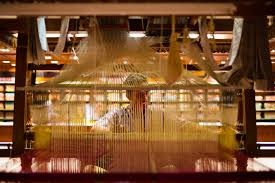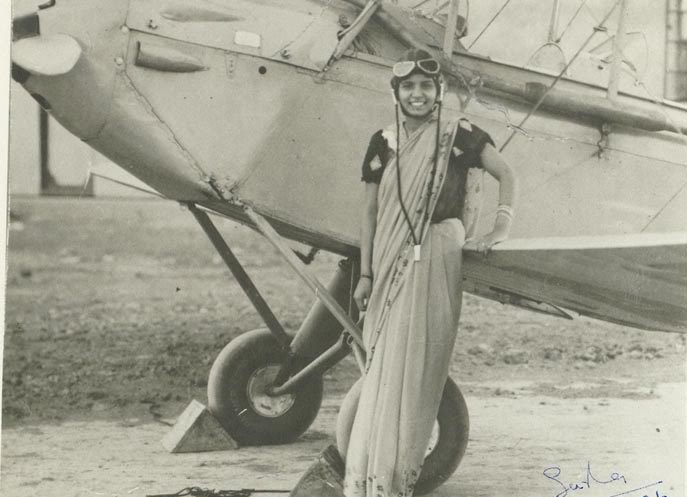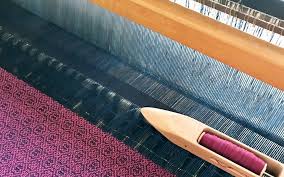
Looming on the Edge!
Handloom is the only form of weaving that is characteristic of true grit, creativity and patience. It is no surprise, therefore, that the outcome of these artisans and their creations are extensively appreciated. While this art form had its day in the sun, like all outdated processes that suppress the productional capacity for a demand, the sun had set on the textile horizon. A multitude of people still support and encourage handloom fashions, but there’s only so much the support can reach. There are several irreconcilable reasons that have led to the plight handloom weavers face today.

Handloom fashions did make its day while the sun shone. Prior to our independence and the British rule, our fully functional handlooms operated across the country, each of them rendering a tale that was special to its region. Roughly 13 million weavers were at play, weaving away designs onto their climate-specific threads. Where did its downfall begin and why?
The cry of the handloom
The traditional weaving method witnessed the beginning of its undoing during British rule. India was one of the largest textile exporting countries in the world and textile was a major industry for exportation in India. The demand for our textiles, especially cotton, silk, and jute rose considerably and our handloom approach to meet those demands lacked speed and volume.
The introduction of the machine yarn threads was the first step to the nascent and technologically driven textile production in India. Other factors followed suit, in time. Here are a few:
Soaring prices of primary materials were the next hit to the weavers. It curbed their practices and changed their weaving periods. This drastically changed the kind of volume that came out of individual weavers, and there were many of them.
Like any market, one setback set off a series of co-dependent problems. Now, because the prices were rising and because the weaving was principally a family occupation, the only way to keep themselves in business was to continue their business on credit. At the grip of the middlemen financiers, the production of handloom clothing reduced further.

The handloom business was majorly an individualized industry, a cottage industry. It was incumbent upon the weavers to trace back the solutions and problems in terms of numbers and that wasn’t a reliable way to maintain the handloom business. Because the community didn’t have enough resources to undertake this step, a strategy wasn’t in place for the goodness of the industry. This was a huge bottleneck partly because of the lack of data and resources that could potentially save the industry.
We can only imagine the future generations taking a dying art with a very low income as a profession, and that did occur. With no support from the government until much further, the handloom business had too little of a number of people, to let it carry on the legacy the country failed to recognise and support at the apt time
A ray of hope

The ministry of textiles brought in place several policies, that gave a lot of benefits to weavers across India - to encourage them to continue their livelihood, let alone their profession. There’s no cribbing that technology didn’t help, but a mass of people in the millions was displaced out of neglect. What little can do to support these artisans, we must. It does fall into the societal trend to pay more for hand crafted products over machine and factory produced products.
This is a brilliant time to cheer on our artisans and keep the heritage alive because it isn’t just a heritage or a ritual - this is about our attire.
By, Ash


